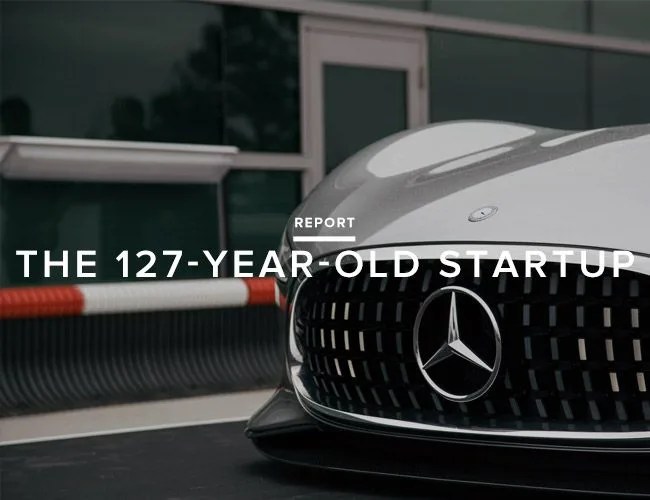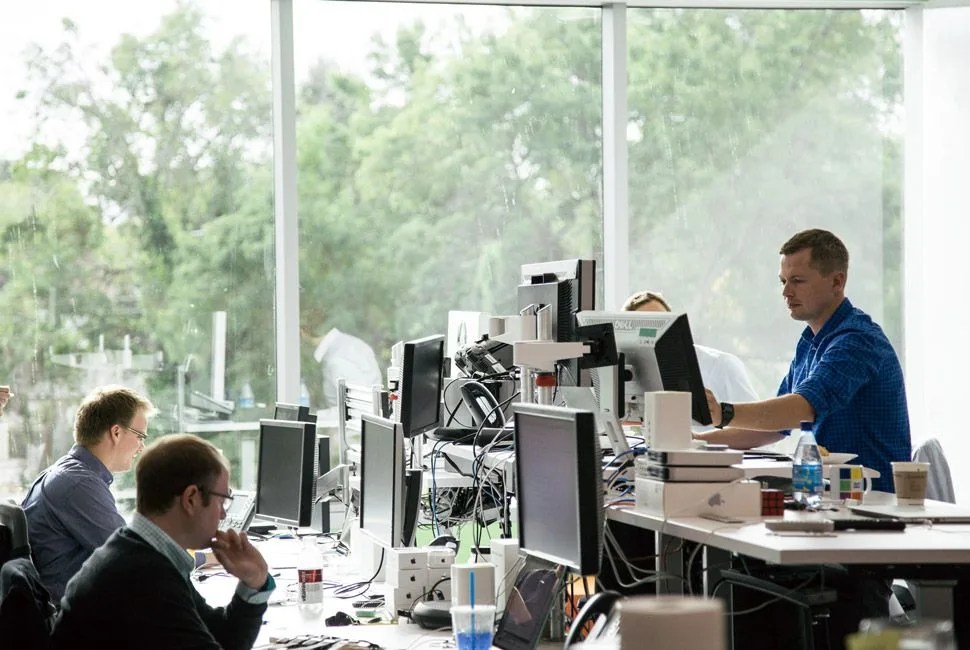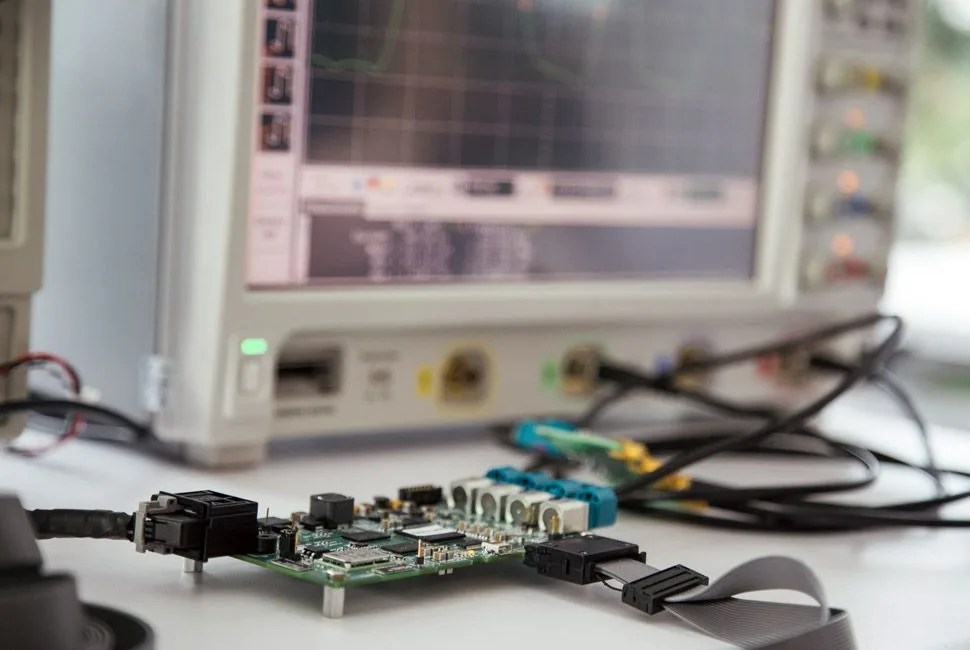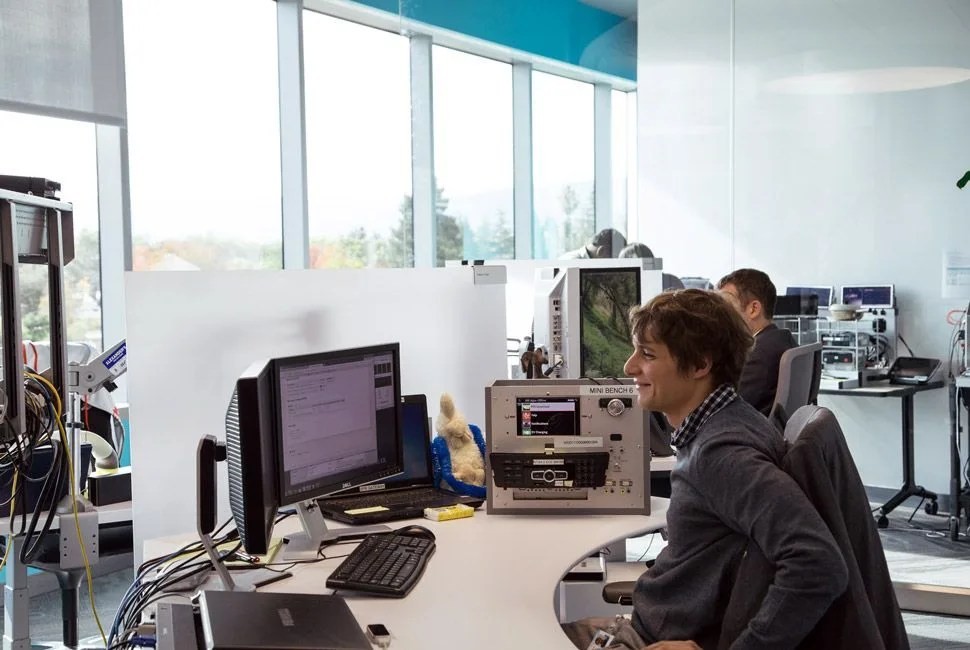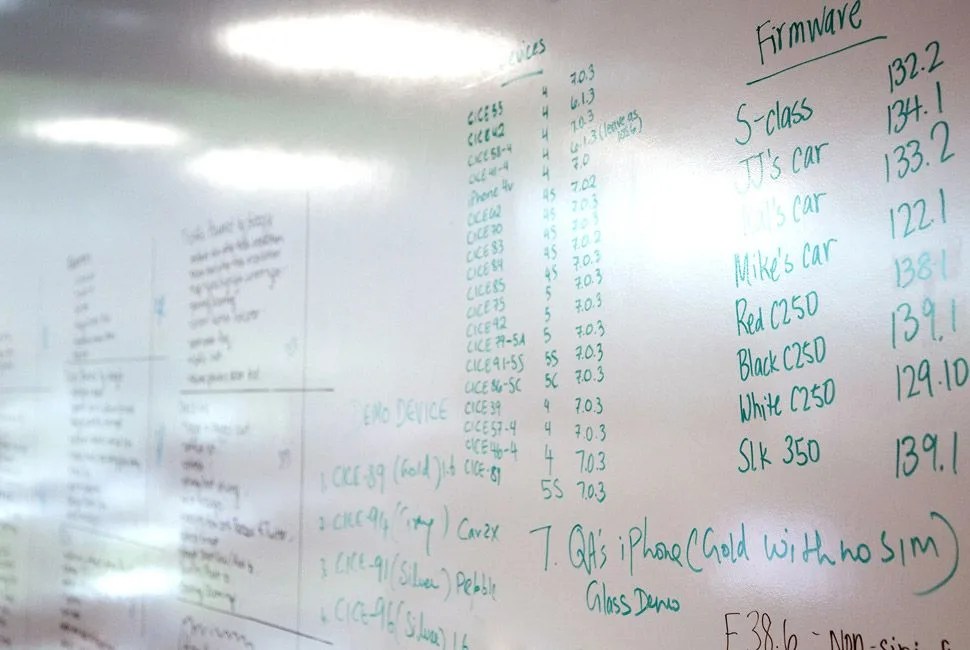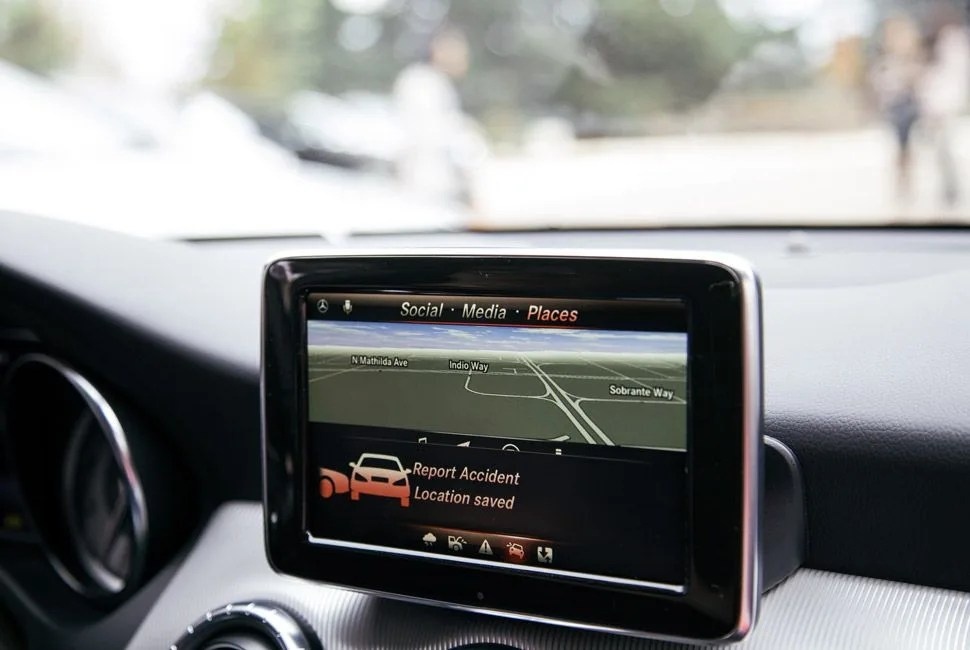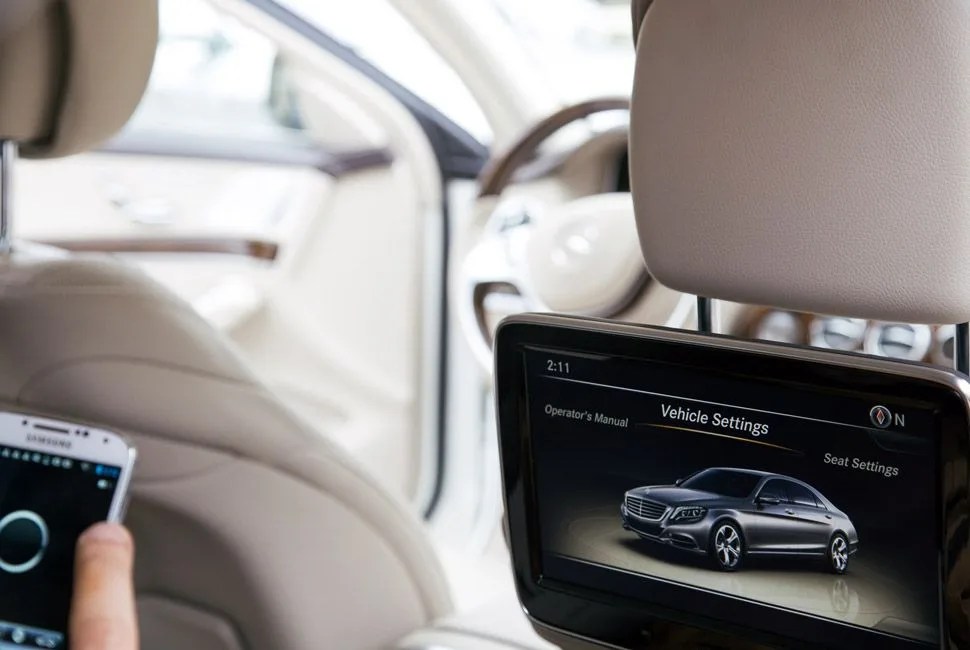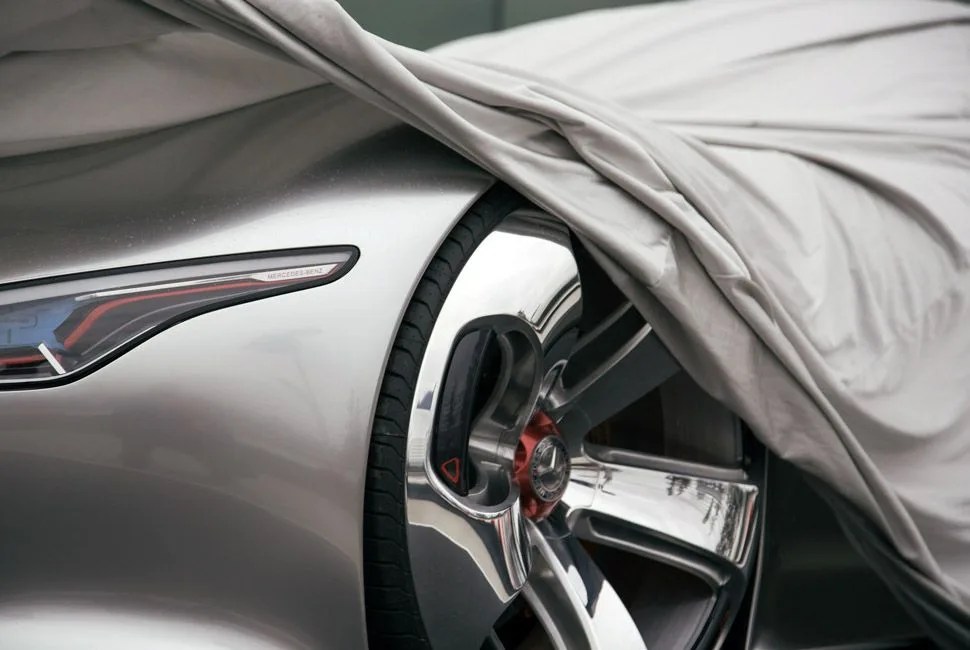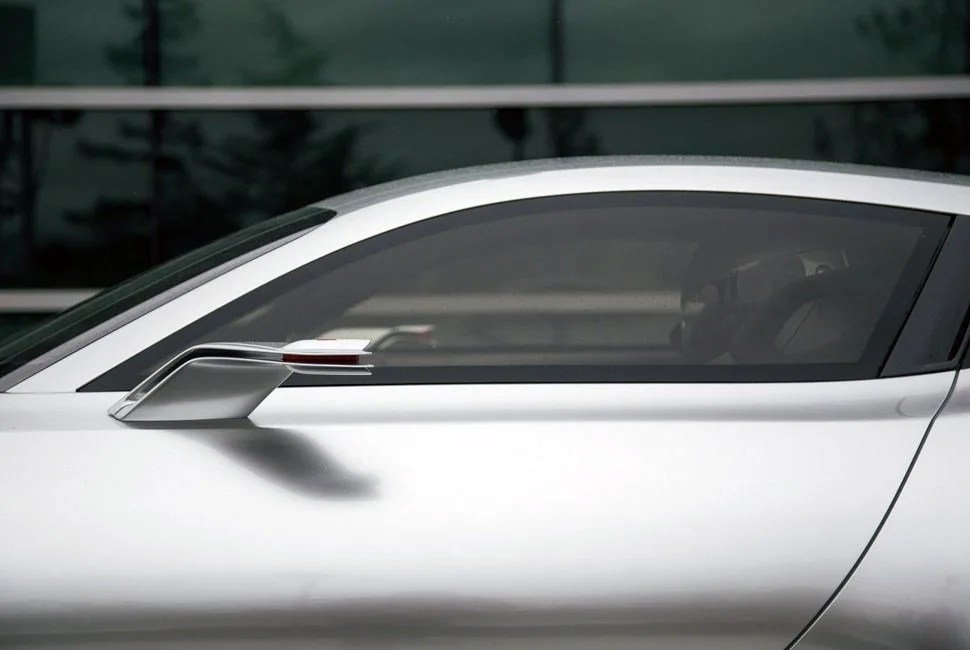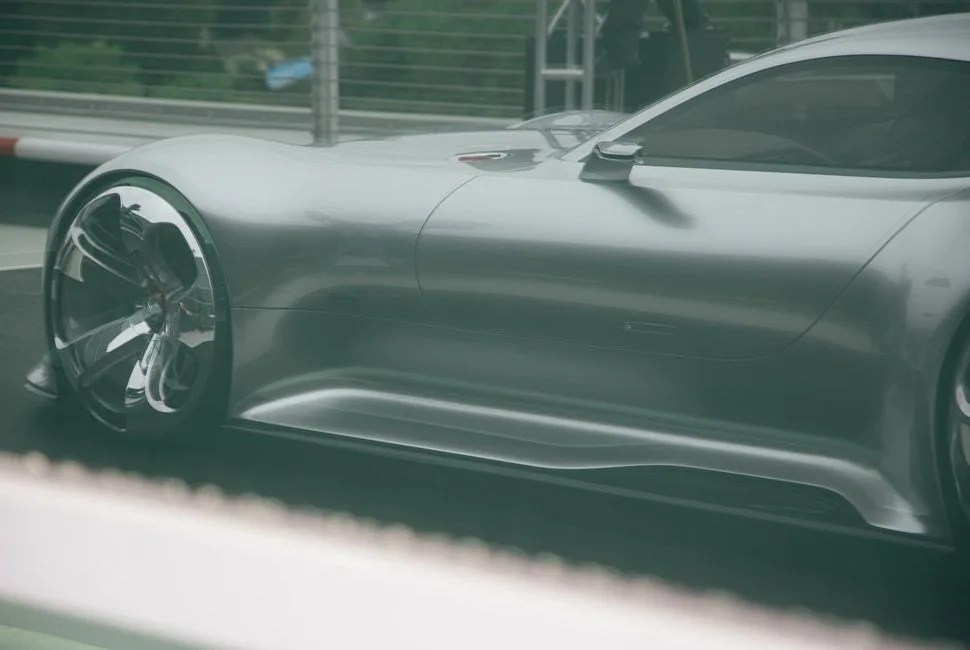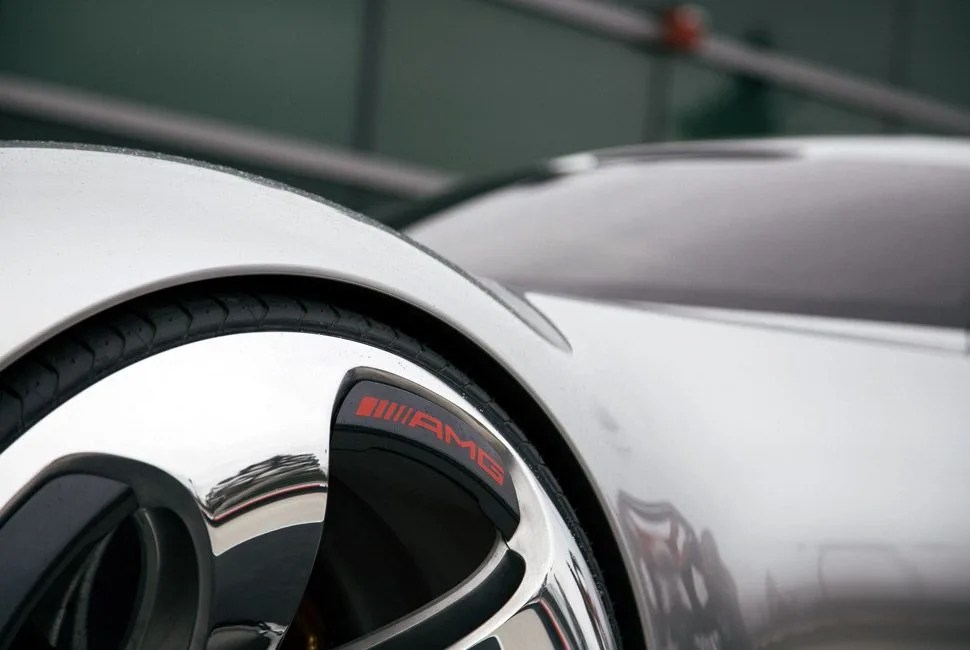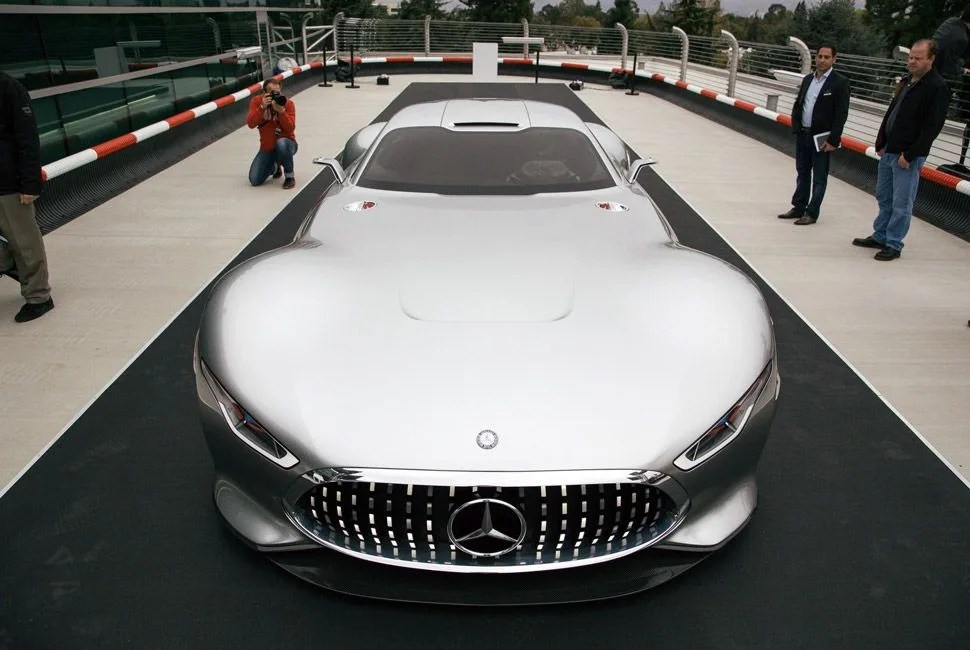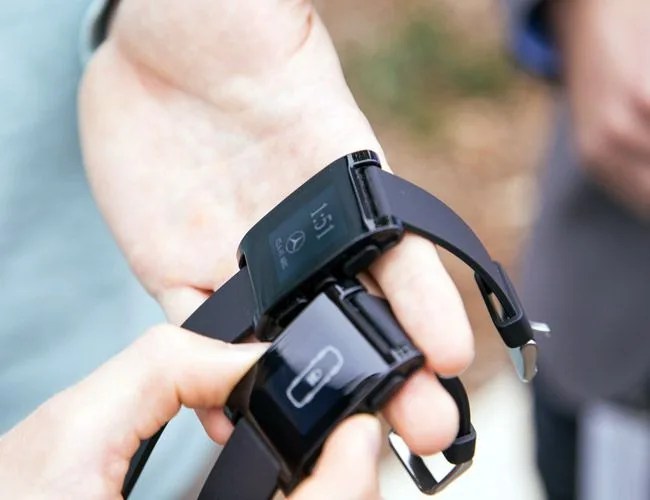18 photos
Here’s a quick quiz for all of the motoring buffs out there: Which carmaker was the first to incorporate crumple zones into its designs (1952)? How about the first to feature anti-lock brakes (1978)? What about the first car ever built (1886)?
MORE MERCEDES-BENZ: Mercedes-Benz G63 AMG | Mercedes-Benz SLS AMG | Mercedes-Benz CLA
If you said Mercedes-Benz you’d be right on the money. Throughout the automaker’s 127-year history it’s helped define the automotive landscape unlike any other. But things have changed since 1886; mechanical engineering feats like air conditioning, power steering and fuel injection have given way to computer-based tech advancements like GPS and automated parallel parking. It should be no surprise that Mercedes has kept up with the times. In 2013 they released the first car with no incandescent light bulbs, inside or out; they built the first driverless cars in 1987. They were also the first automaker to the intellectual northern-California gold rush that was Silicon Valley, arriving in Palo Alto in 1994 and rubbing shoulders with innovators like Xerox, Google, Apple and hundreds of others.
The new branch was an extremely important one for Mercedes. They (correctly) figured that many in-car advances over the next decades wouldn’t be hardware churned out by massive machines in hazy factories but rather software that had to be engineered and influenced by bold thinkers in an environment that fosters creativity. Mercedes has since leveraged relationships with surrounding companies like Apple and Tesla to improve the tech that the driver sees — like smartphone integration — and the tech behind the scenes — like electric drivetrains and smarter accident avoidance. Mercedes has been innovating in California for nearly two decades, but they’ve decided to bolster their Silicon Valley efforts with their new Mercedes-Benz Research & Development North America (MBRDNA) headquarters in Sunnyvale, California.
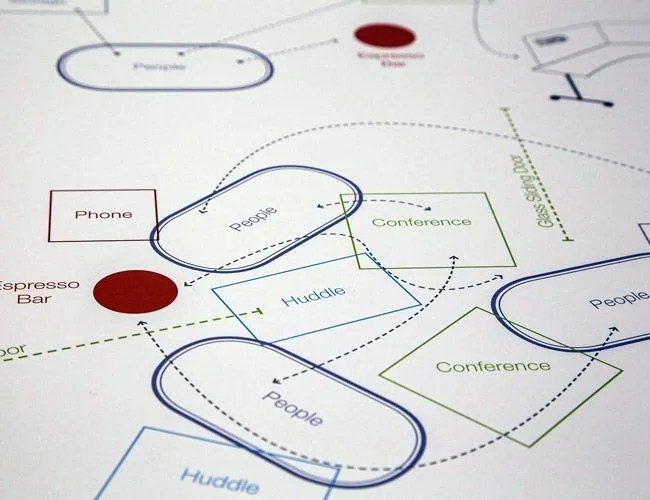
The new office is a sweeping 71,000 square foot building sheathed in green glass that could easily be mistaken for the headquarters of a new (and well funded) tech startup, save for the 40 Benzes and 10-foot-tall illuminated and rotating star out front. You get more of the same Silicon Valley fare on the interior, with brightly colored walls and open workspaces interspersed with game rooms, juice bars and an ice cream freezer. Despite the sharp contemporary design and airy interior, there’s a subtle restraint that makes it clear a century-old company is behind the curtain. It’s like your old man with his hat turned backwards. Throughout the building there are hints of impressive thinking in the collaborative workspace — things like Nook e-readers in every conference room that employees are encouraged to “hack” and the whiteboard walls that might as well be Will Hunting’s windows.
